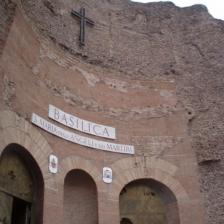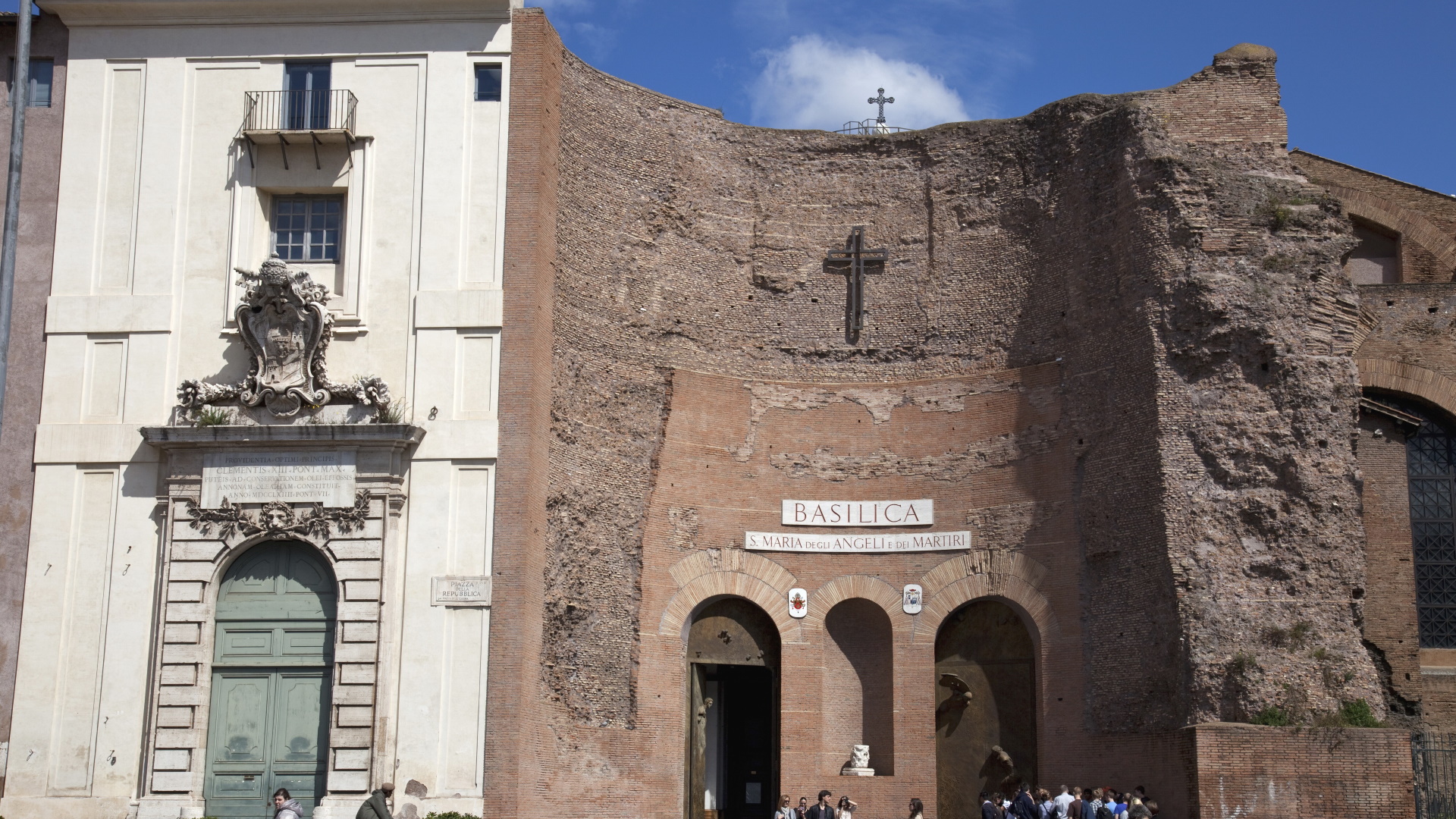
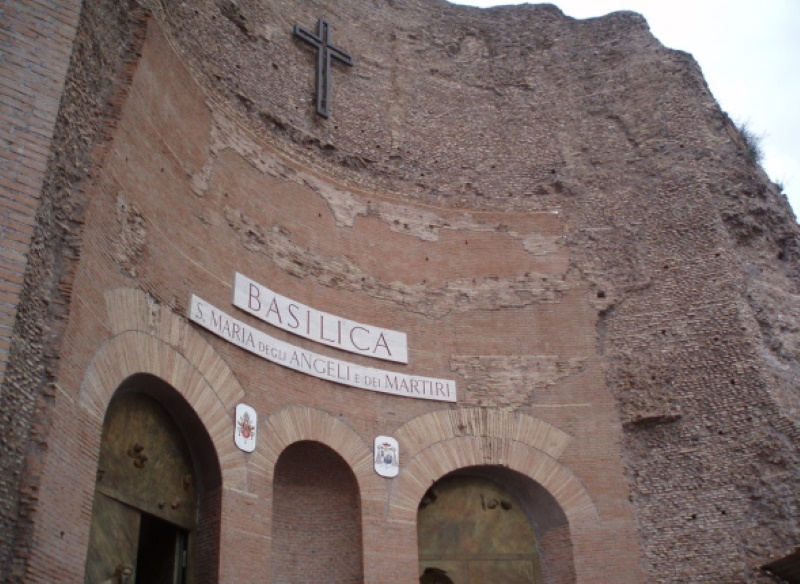
Until the mid-sixteenth century, the Baths of Diocletian, which today overlook Piazza della Repubblica, appeared to be only a pompous ancient heritage.
In 1561, Pope Pius IV de' Medici (1559-1565), at the instigation of the Sicilian priest Antonio Lo Duca devoted to the cult of angels, decided to have a church built inside the Baths.
An 86-year-old Michelangelo was responsible for the construction. The great artist designed the church by integrating the sacred building into the baths, without altering the Roman structure of the rectangular hall over 90 meters long; for the apse, he used the natatio, which is the outdoor cold water pool of the baths complex. The façade, with its unique concave brick shape, is one of the ancient exedrae of the calidarium of the baths.
On 18 February 1564, on Michelangelo's death, the works were continued by Jacopo Del Duca, his pupil, and nephew of Antonio Lo Duca.
The interior of the Basilica is composed as follows: from the entrance, you enter a round vestibule with two square exedras, the ancient tepidarium, while the transept is in the central hall of the baths. It has maintained the ancient solemnity with the eight columns of red granite and the high vaults.
On the splendid floor, you can admire the Meridiana or Clementine Line, inaugurated in October 1702 by Pope Clement XI, and the work of Francesco Bianchini. He took inspiration from the work of the great astronomer Gian Domenico Grassini to create it.
The sundial is a long bronze line inserted in a marble band, extending for about 45 meters. On the sides, with inlays of polychrome marble, you can admire, on the right, the zodiacal signs of the Summer and Autumn constellations and, on the left, those of the Spring and Winter constellations. At both ends are the zodiac signs of Cancer and Capricorn. The image of the sun, penetrating through the center of the coat of arms of Clement XI, runs throughout the year, starting from Cancer at the Summer Solstice and reaching Capricorn at the Winter Solstice; subsequently, it takes the opposite path.
Over the centuries, the Basilica underwent several changes, including that by Luigi Vanvitelli. In 1750, he designed the facade on Piazza Esedra - now Piazza della Repubblica - the only entrance from which today you can access the church.
In 1911, the Vanvitellian façade on Piazza Esedra was demolished to restore the suggestive niche of the calidarium with Roman bricks. This intervention, however, made the church less visible because it is often mistaken for ruin.
In 1998, the Municipality of Rome donated a new monumental organ to the Basilica, built by Bartolomeo Formentelli, a craftsman from Verona.
In 2001, the Italian-American artist Narcissus Quagliata, a De Chirico pupil, installed a stained-glass dome on the ceiling of the Basilica. The large glass structure, placed 23 meters high, has a diameter of five meters. It also acts as a sundial. You can follow the movement of the earth around the sun by observing its reflection on the floor of the round hall
Inside the church, there is a pleasant permanent exhibition which, through graphics, drawings, and beautiful black and white didactic photographs, tells the story of the Baths of Diocletian and their transformation into a church by Michelangelo.
Museo Nazionale Romano - Baths of Diocletian
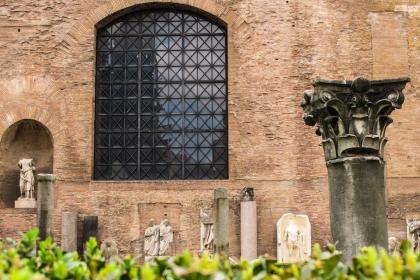
 Condividi
Condividi
Piazza della Repubblica
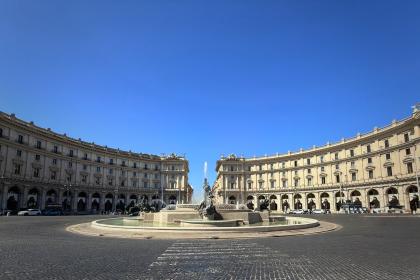
 Condividi
Condividi
National Roman Museum - Palazzo Massimo alle Terme
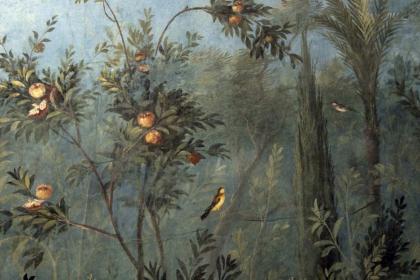
 Condividi
Condividi
Information
Mass schedules
Mondays: 18.00Tuesday: 18.00Wednesday 18.00Thursday: 18.00Friday: 18.00Saturday: 18.30Sunday: 10.30, 12.00, 17.00 (mass in Spanish), 18.30
Sunday masses in Italian are accompanied by the monumental organ
Times may be subject to change, so please always contact the Church
 Condividi
Condividi
Location
To find out about all accessibility services, visit the Rome accessible section.












































